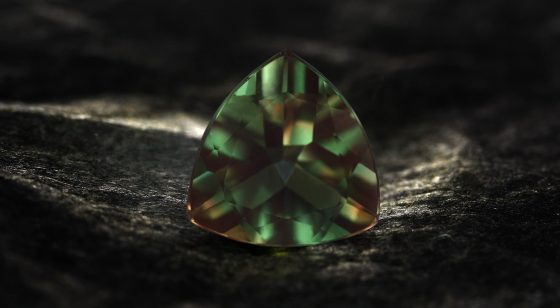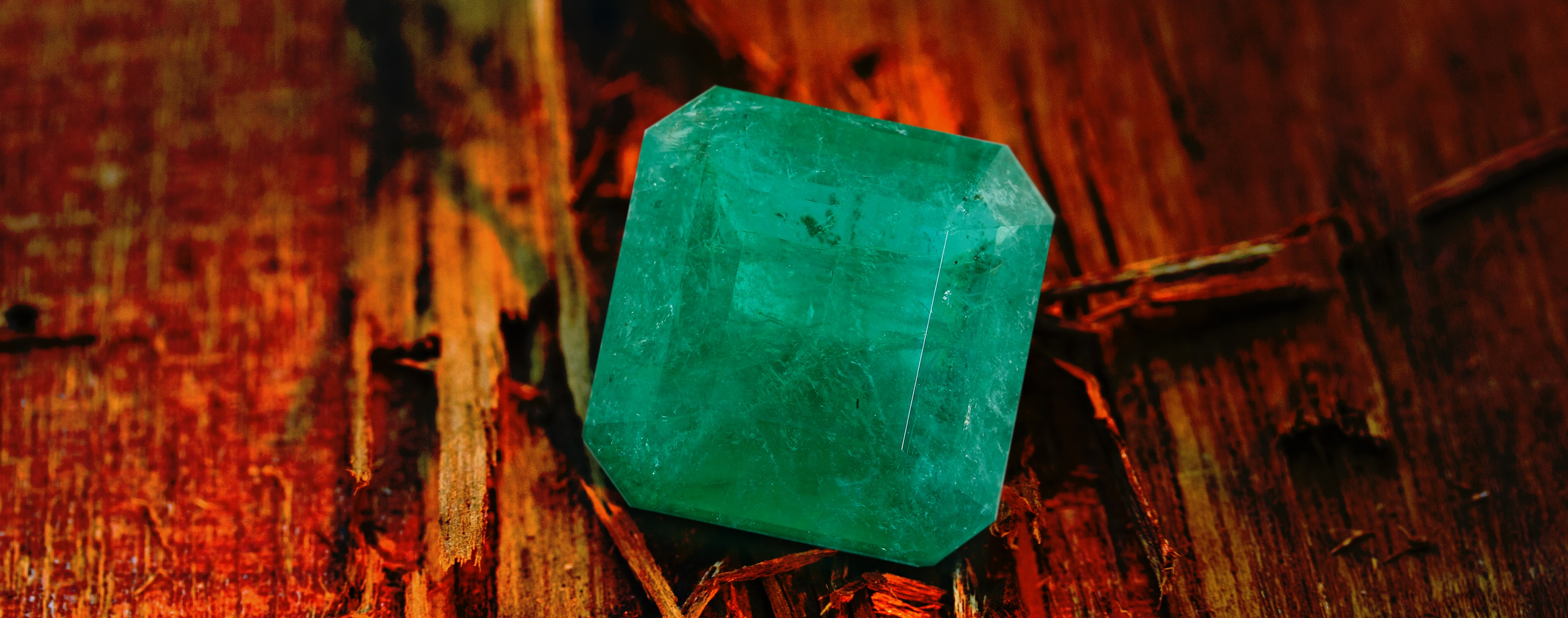It was believed that the first jewellery was created by Homo Sapiens about 100,000 years ago. However, new discoveries tell us that its provenance dates back to 130,000 years and was made by the Neanderthals.
This new discovery, which has caused a sensation in the anthropological areas, is based on a set of fossil claws found in the Neanderthal site of Krapina, in modern day Croatia in 1900. Currently kept at the Croatian Natural History Museum in Zagreb, this find has been studied meticulously in recent years by the prestigious anthropologist Davorka Radovcic. The scientist concludes that these claws were used as adornments, in the form of necklaces or pendants, resulting in the first jewels of humanity that are known to date.

Rough Green Andestine
I found it interesting to recount this finding since we often underestimate the significance of wearing jewellery. Why, since such distant times, has man been decorated? We used to think that only Homo Sapiens used elements of adornment but instead we now know this tendency dates back to Neanderthals – possibly due to vanity?
This finding supports the argument that Neanderthals were capable of complex cognitive thinking that allowed them to build by hand these objects to adorn themselves with. The latest scientific research even agrees that Neanderthals had some degree of hybridisation with the modern human being, their genes are still found in all the peoples of Eurasia.
But returning to the famous “jewels”, the claws belonged to the great eagle, a large bird of prey. It seems that the Neanderthals must have held a special value to these large birds, with a wing span of over two meters. The discovery more than 100 years ago in the cave of Husniakovo also lends to the theory that Neanderthals possessed a symbolic culture, displaying the birds significance through jewellery. Anthropologist Dr. Davorka Radovcic comments that “While reviewing eight, white-tailed eagle talons … I noticed numerous cut marks and a revelation just struck me — they were made by a human hand.”

Jasper Gemstone
Radovcic assembled a group of experts who examined and analysed the objects and found both incisions made by man, as well as traces of friction on the sides which indicated that they would have been made for necklaces or something similar. Another clue is that the claws – eight in all – have traces of being exposed to an acidic environment, such as the sweat of the human body, which would confirm once again what Radovcic claims. To the lack perforations the anthropologist responds “The morphology of the claws facilitates that they have been tied with a rope, without need of holes, we do not know if they were precisely necklaces, but we are certain that it was an object of adornment, a jewel that they carried on the body “.

Emerald Gemstone
This indicates that jewellery has existed ever since human beings have existed, even in our most primitive form. Jewellery has fulfilled different functions over time, protective amulets, symbols of power and wealth, transmitters of feelings, the list goes on.
Each era is marked by a type of jewel and even in the most difficult times when different groups of humans became extinct, to a greater extent the jewellery remains present. It is certain that precious stones incorporate into the creation of jewellery a component of beauty and splendour that until today has not ceased to amaze me.
Shop for gorgeous gemstone jewellery in our online shop today >






